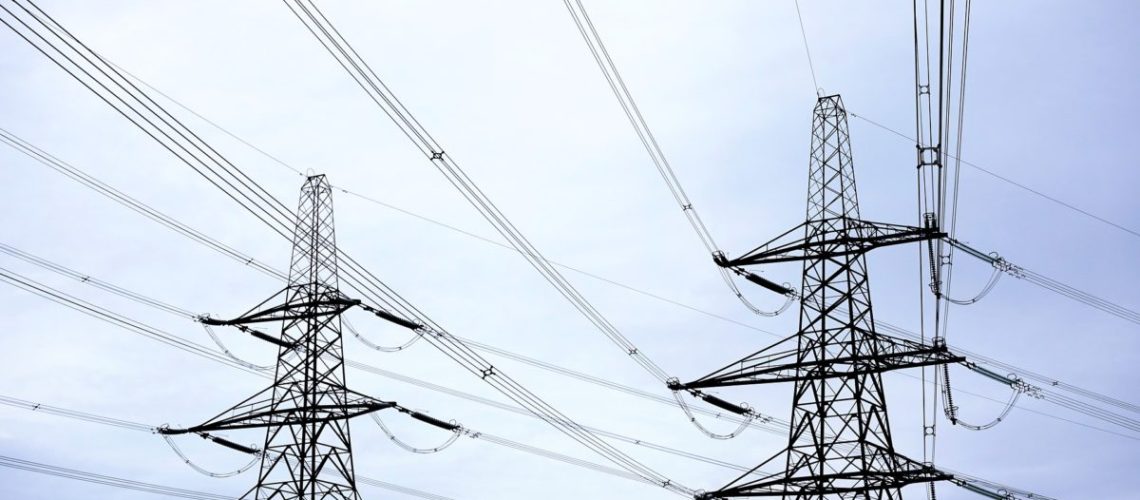The decision has been lauded as one that could lead to much-needed upgrades to the nation’s electrical grids, updates that would enable higher penetrations of renewable resources.
The Federal Energy Regulatory Commission (FERC) issued a decison today to initiate a Notice of Proposed Rulemaking to reform the Commission’s electric regional transmission planning and cost allocation requirements.
In more digestible terms, FERC has begun the process of instituting reforms intended to remedy deficiencies in existing regional transmission planning and cost allocation requirements, like the realities that our current grid is currently dealing with much more load than was ever intended and was not designed to accommodate the levels of renewable generation being connected. Within the decision, FERC shares that it will require public utility transmission providers to conduct Long-Term Regional Transmission Planning on a sufficiently forward-looking basis to meet transmission needs driven by changes in the resource mix and demand.
Public utility transmission providers will be required to:
- identify transmission needs driven by changes in the resource mix and demand through the development of long-term scenarios, including accounting for high-impact, low-frequency events such as extreme weather
- evaluate the benefits of regional transmission facilities to meet these needs over a time horizon that covers, at a minimum 20 years starting from the estimated in-service date of the transmission facilities
- establish transparent and not unduly discriminatory criteria to select transmission facilities in the regional transmission plan for purposes of cost allocation that more efficiently or cost-effectively address these transmission needs
FERC originally issued an Advance Notice of Proposed Rulemaking on regional transmission planning, cost allocation and generator interconnection in July 2021, and today’s decision provides the first step for the rules to become finalized, action that has been well-met by renewable energy advocates, including American Council on Renewable Energy (ACORE) President and CEO, Gregory Wetstone.
“A 21st century economy needs a 21st century grid, and FERC’s new rulemaking on transmission is a long-overdue step in the right direction,” he said. “This proposed rule addresses the need for long-term transmission planning that accounts for the grid of the future, which is vital for improving system resilience, keeping costs low for consumers, and delivering the clean power that Americans deserve. ACORE also strongly supports the inclusion of grid-enhancing technologies within such planning efforts.”
Wetstone went on to urge the Commission to finalize the rule “expeditiously” and begin on additional rulemaking procedures to help upgrade Nationl transmission infrastructure that will allow the US to embrace a clean energy future.
In July 2021, more than two dozen organizations, including ACORE, sent a letter to FERC Commissioners expressing their support for large-scale transmission reform.



